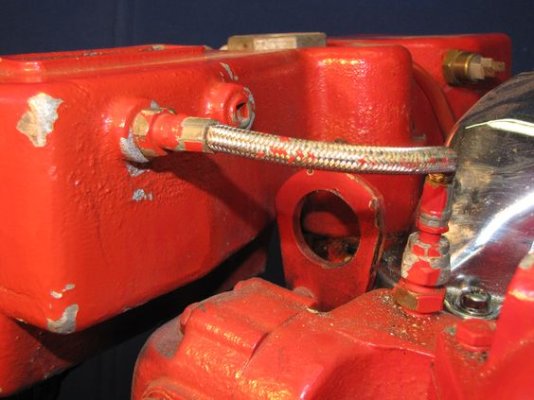- Joined
- Jan 9, 2014
- Messages
- 4,323
- Location
- USA
- Vessel Name
- N/A
- Vessel Make
- 1999 Mainship 350 Trawler
I commissioned my boat (FINALLY) this weekend. While flushing the anti-freeze from the water lines, I started to get a lot of brown water from the hot side when I switched the off the water heater bypass. The sediment clogged the strainers in my sinks.
I removed the water heater, flushed out the sediment and replaced the heating element (I also turned the water heater on accidentally while it was empty).
My water heater is electric and runs off of the closed cooling side of the engine.
In order to remove the water heater I lost a decent amount of engine antifreeze. Do I need to do anything special to refill that system? Will it require bleeding?
My assumption is that I fill the heater exchanger, start the engine and let it run for a few minutes, then shut down the engine, top off the heat exchanger and fill the overflow resevior to the Full (Cold) fill line.
Any feedback would be greatly appreciated.
I removed the water heater, flushed out the sediment and replaced the heating element (I also turned the water heater on accidentally while it was empty).
My water heater is electric and runs off of the closed cooling side of the engine.
In order to remove the water heater I lost a decent amount of engine antifreeze. Do I need to do anything special to refill that system? Will it require bleeding?
My assumption is that I fill the heater exchanger, start the engine and let it run for a few minutes, then shut down the engine, top off the heat exchanger and fill the overflow resevior to the Full (Cold) fill line.
Any feedback would be greatly appreciated.

